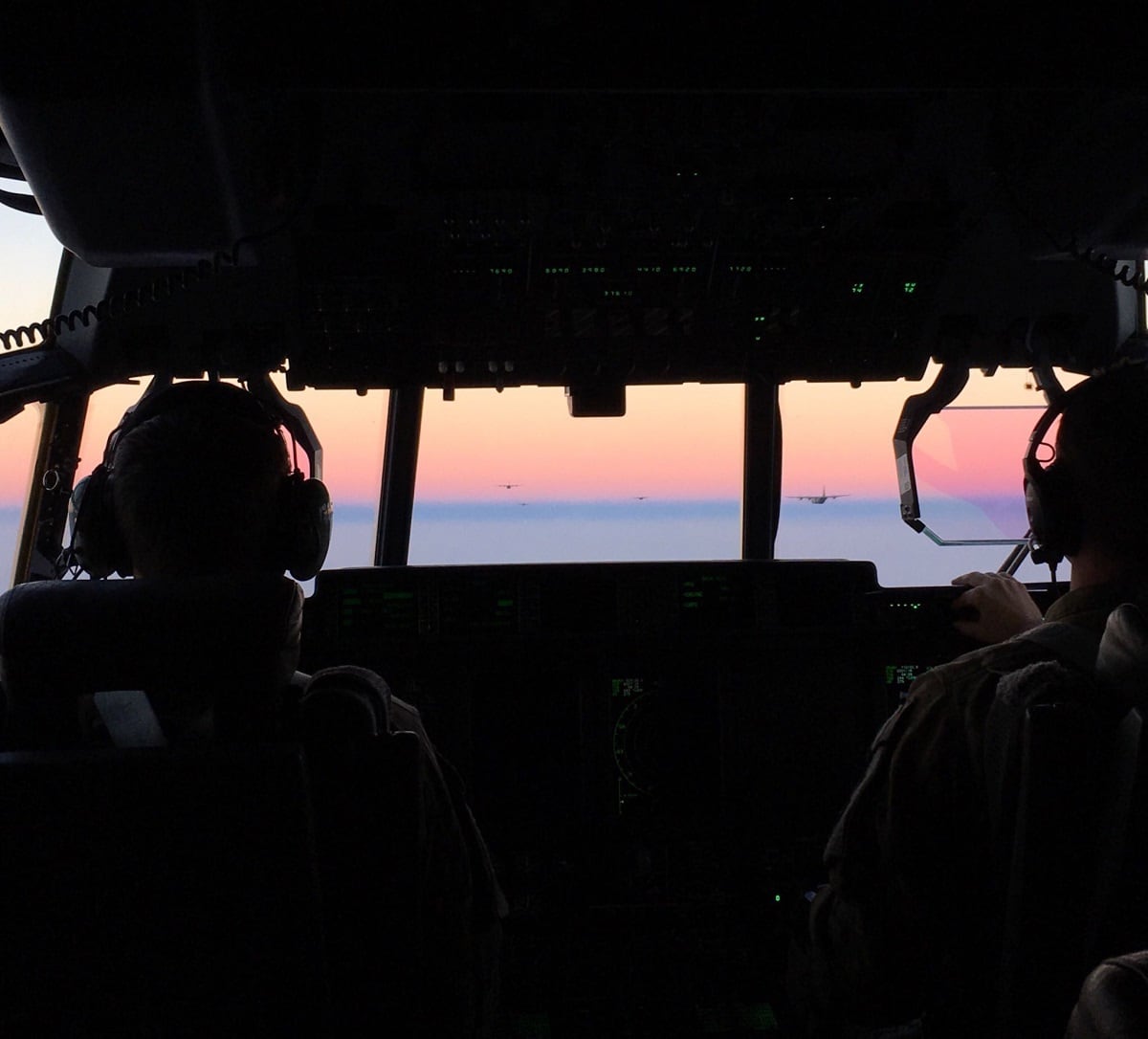After just two pilots took part, Air Mobility Command has ended its experiment with a flying-only career track for pilots who weren’t interested in command.
AMC spokeswoman Capt. Nicole Ferrara said in an email that the Air Force has decided not to expand AMC’s Aviator Technical Track experiment to other commands, and that AMC did not plan to extend or expand its experiment with the flying-only track. AMC once hoped this program might improve morale and help convince more aviators to remain in the Air Force longer, as the service struggled with a pilot shortfall.
“The bottom line is, there just wasn’t the appetite there for the program," Ferrara said.
The two AMC pilots, who Ferrara said flew C-17s and were “high-performing,” were selected for the program when the board met in August 2018. AMC’s decision was first reported by Military.com.
Those two pilots will continue in their flying-only roles until they move to their next assignment or opportunity, Ferrara said. If they change their mind, she said, they can pursue command or leadership opportunities at any time.
RELATED

The flying-only track was originally created as a possible way to help the Air Force fix a persistent and alarming shortage and retention problem in its pilot ranks. Former AMC head Gen. Carlton Everhart asked his airmen in 2017 for ideas on how the Air Force could better hold on to its pilots, and one of the top suggestions was to create a career track that greatly cut down on the non-flying tasks required of pilots.
Once those pilots were off the path to command, the professional development education and advanced academic degrees that would have been needed for command development became optional. They still had to maintain other Air Force standards such as health, fitness and readiness requirements, and still had to perform their training, standardization and tactics duties.
“We hope to retain pilots by reducing developmental requirements for officers not interested in command,” Everhart said in 2018. “Those things we have traditionally said were the stepping stones to move you into a leadership track to broaden your expertise … are now optional.”
Ferrara said that AMC has taken several other steps to help improve morale and retention in its flying units.
Active-duty C-130J and KC-135 squadrons have moved to a deployment model in which the entire squadron deploys, instead of pulling personnel from multiple squadrons in a piecemeal fashion. Deploying whole squadrons encourages unit cohesion and provides greater predictability and stability, Ferrara said, because the squadron can more easily predict when their unit will come up for a rotational deployment. The first such KC-135 squadron deployment began in August 2019, and the first C-130J squadron deployment began in September 2019, she said.
AMC is also adding more contractors to its flying squadrons to perform administrative duties under a squadron administrative support contract, Ferrara said. This effort is expected to accelerate in summer. Many pilots have been dissatisfied by the amount of administrative and support jobs they have to do in their squadrons, which land them behind a desk when they’d rather be flying, and several other major commands are similarly bringing on more support contractors.
In January, all AMC flying units finished putting into place a new organizational system called the Readiness Driven Allocation Project, or RDAP, which helps units predict when their operations would be at their slowest, or at their busiest. This is intended to help them plan training events during the slow periods, to make sure air crew members have enough opportunities to meet their semi-annual training requirements.
Stephen Losey is the air warfare reporter for Defense News. He previously covered leadership and personnel issues at Air Force Times, and the Pentagon, special operations and air warfare at Military.com. He has traveled to the Middle East to cover U.S. Air Force operations.





